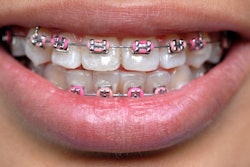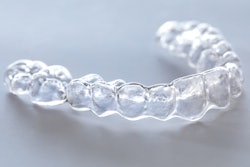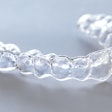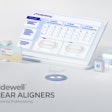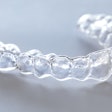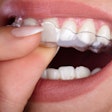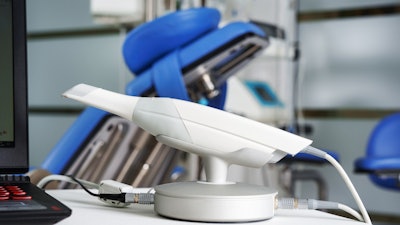
Using an intraoral scanner and a retainerlike device called the Kois deprogrammer, the mandible's repeatable centric relation (CR) position can be recorded for restorations. This research was published in the Journal of Prosthetic Dentistry.
Furthermore, this method allows the acquired digital data to be imported into computer-aided design (CAD) programs to accurately locate centric occlusion (CO). Since the technique can be used with different types of CAD programs, this method may be more accessible to a greater number of dental professionals, the authors wrote.
"The present manuscript describes a straightforward technique to record CR by combining an IOS and a Kois deprogrammer," wrote the authors, led by Dr. Marta Revilla-León, MSD, PhD, of the University of Washington School of Dentistry. (J Prosthet Dent, June 3, 2024).
Intraoral scanners (IOSs) offer an alternative method for acquiring articulated scans at the CR position. However, various factors can affect the performance and accuracy of the digital data acquisition and the maxillomandibular relationship recorded by IOSs, they wrote.
While techniques for recording CR using optical jaw tracking systems and locating CO on intraoral scans exist, there is a lack of protocols for locating CO on articulated intraoral digital scans at CR using CAD programs, they wrote.
A new technique streamlines the process of locating CO on articulated intraoral digital scans at CR using various CAD programs. While IOSs can acquire scans at CR, they cannot locate CO using their native software. This technique bridges that gap by using different CAD programs, including open-access nondental, open-access dental, and advanced dental-specific CAD programs, making it accessible to all dental professionals.
The method involves moving the mandibular scan towards the maxillary scan along the z-axis to gradually reduce the interocclusal space until CO is located. This motion, within the condyles' pure rotation, ensures an accurate CO location without following the mandible's natural arc of closure, they wrote.
However, the impact of the IOS system on CO accuracy remains uncertain, necessitating further studies, the authors added.
"The described technique can be also useful for dental clinicians who may not have access to dental CAD programs and use open-access dental or non-dental CAD programs," Revilla-León and colleagues wrote.




